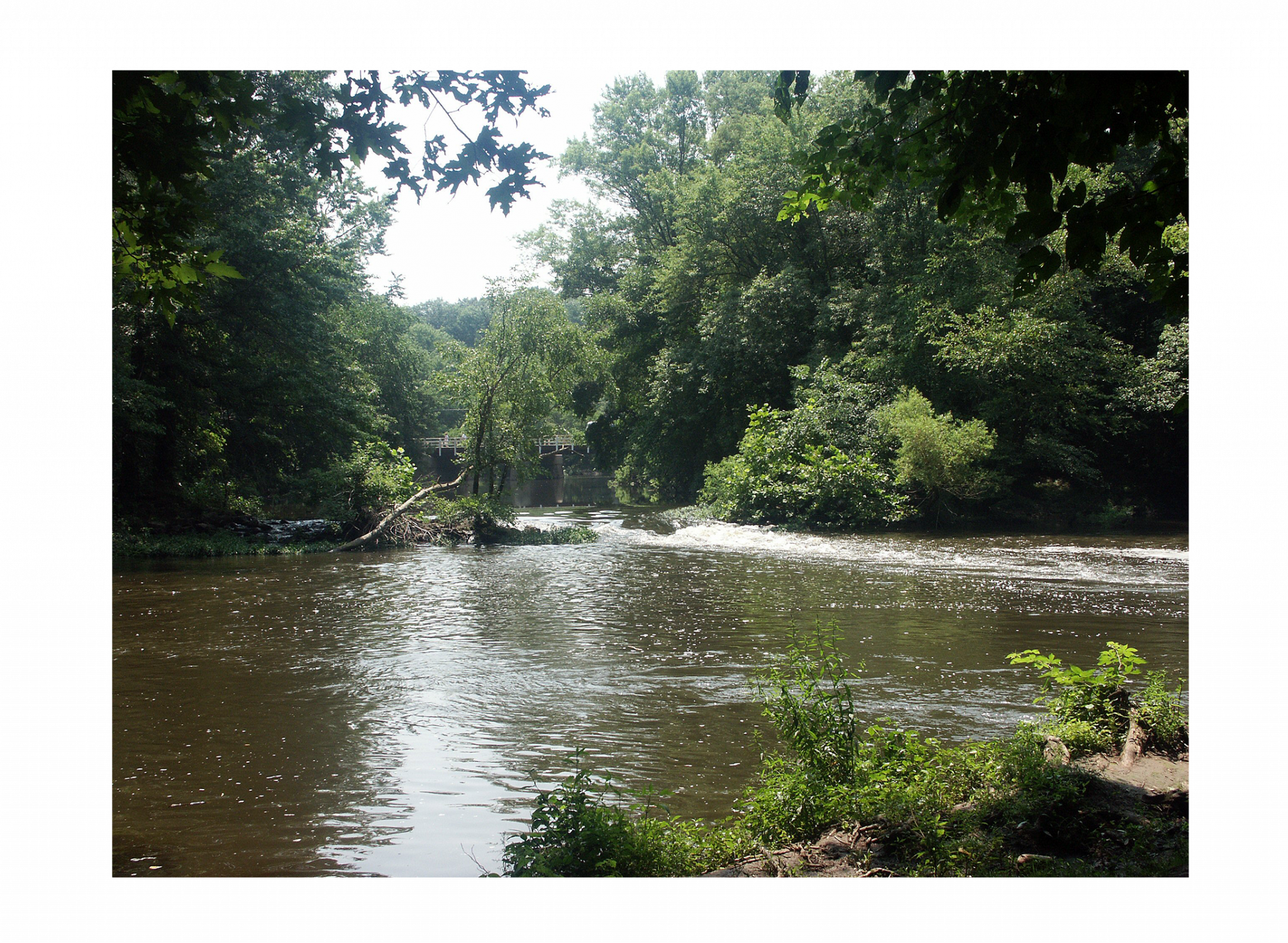The Princeton Plasma Physics Laboratory (PPPL) received two national awards for its sustainability efforts this year for instituting a more sustainable water treatment method that is safer for wildlife and for its green electronics purchasing.
PPPL received a U.S. Department of Energy Sustainability Award this year for an innovative three-year program to employ a greener water treatment method for treating non-potable water used for experiments and other purposes, according to information provided by PPPL.
PPPL also received a gold EPEAT award from the non-profit Green Electronics Council for making 98% of its electronics purchases EPEAT-certified. It was the sixth such award PPPL has received since 2015, according to the statement.
PPPL won the Sustainability Award in the innovation category for being the first non-industrial site in New Jersey to substitute peracetic acid (PAA) for chlorine, which can affect the quality of surface water and potentially harm aquatic wildlife, according to the statement. Peracetic acid is a clear colorless liquid made up of hydrogen peroxide and acetic acid (the main component of vinegar). The chemical is safer for wildlife because it breaks down quickly into environmentally-friendly products.
Improving surface water quality
Improving the quality of surface water is important for wildlife and humans, said Rob Sheneman, head of PPPL’s Environmental Services Division.
“It’s important for all of us because surface water not only provides us with recreation, swimming, fishing and boating activities, but a significant portion of the drinking water is taken from surface water,” Sheneman said in the statement. “It’s not just good for the animals and the fish but it’s good for us because ultimately we’re going to drink that, and that means less treatment of the water before you drink it, to make it safe.”
PPPL pumps water from the nearby Delaware-Raritan Canal to its Plainsboro campus where it is treated with a chemical to disinfect the water and kill any algae, according to the statement. The water is used for experimental and cooling systems and is occasionally discharged into a retention basin, which flows to the Millstone River Watershed.
PPPL has always monitored the quality of water discharge to ensure the water quality met national and state guidelines. But in 2017, the state Department of Environmental Protection (DEP) informed PPPL that there would be strict new guidelines on the amount of chlorine permitted in discharged water in order to improve the quality of surface water, according to the statement. PPPL worked closely with the DEP in an effort led by Mark Hughes, an environmental compliance manager, and Martin Donohue, head of Engineering Services, to begin a monitoring study before getting permission to use the chemical in the summer 2019, according to the statement
“It shows that there’s a lab-wide commitment to sustainable practices,” Hughes said in the statement. “There is a lot of collaboration between many different people in order to achieve this.”
Donohue and Hughes worked with several facilities staff members to convert the water systems: Jeffrey Bennett, Charles Herbert, Brett Hudnett, Jason Niatas and Thomas Ward, who were honored with employee awards last year for their efforts, according to the statement.
PPPL has received numerous awards over the past decade, including six Federal Green Challenge regional awards last year from the U.S. Environmental Protection Agency for its sustainable practices in reducing waste, energy and water, and transportation, and for green purchasing, and electronics recycling.
PPPL, on Princeton University’s Forrestal Campus in Plainsboro, is devoted to creating new knowledge about the physics of plasmas — ultra-hot, charged gases — and to developing practical solutions for the creation of fusion energy. The laboratory is managed by the university for the U.S. Department of Energy’s Office of Science, which is the single largest supporter of basic research in the physical sciences in the United States and is working to address some of the most pressing challenges of our time.
For more information, visit energy.gov/science.

